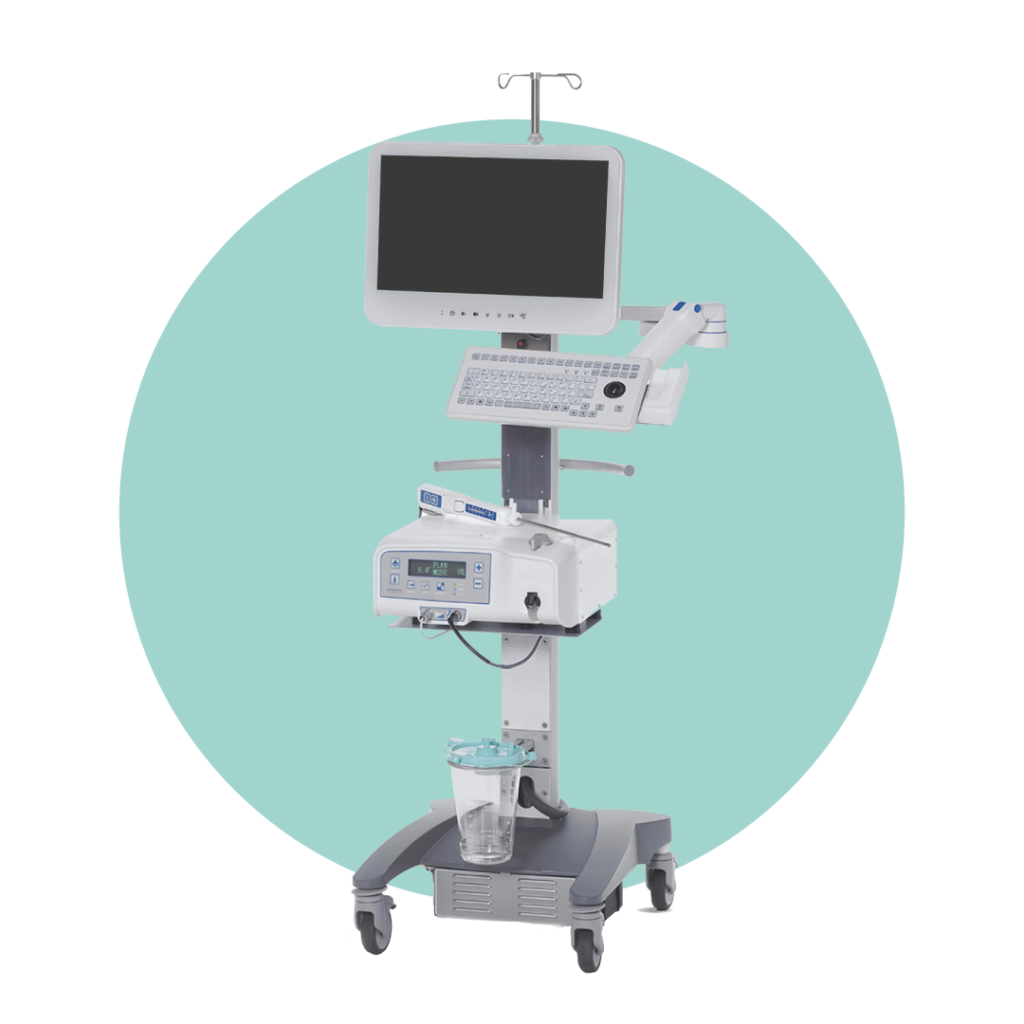AQUABEAM
The AQUABEAM Robotic System represents an innovative and less invasive surgical alternative to address Benign Prostate Hyperplasia. This technique helps solve the problems caused by prostate enlargement and with fewer side effects compared to conventional techniques.

Real-time visualization
Mapping approach
Heatless water jet extraction
GREAT
RELIEF
High long-term relief of BPH symptoms, with very high patient satisfaction rates
GREAT
PRECISION
One of the advantages of the Aquabeam System that the surgeon most appreciates is its precision, its millimeter accuracy that reduces the margin of human “error” to a minimum
PRESERVATION
The main advantage that patients appreciate most about this procedure is the Preservation of both continence and
sexual function. Normally conventional BPH surgeries affect these functions.
ADAPTABILITY
The Aquabeam System can be applied to any type of prostate, regardless of
its size; In fact, it can be performed on large
prostates.
SIMPLE POSTOPERATIVE
Ingreso hospitalario corto, normalmente de una noche y la rápida recuperación del paciente.




WHAT DOES IT CONSIST OF?
This innovative technique to treat Benign Prostatic Hyperplasia (BPH) combines ultrasound with the use of a standard cystoscope. This integration of equipment allows the surgeon to visualize the entire prostate in real time, giving him the ability to precisely map the specific areas that require removal. Once a detailed surgical map of the prostate has been created, a robotically controlled jet of water
without applying heat is used to remove the identified prostate tissue. Additionally, this mapping approach prevents the surgeon from removing
sections of the prostate that can lead to irreversible complications, such as incontinence or erectile and ejaculatory dysfunction.
The technique can be carried out on any type of prostate, especially large prostates.
The procedure with the Aquabeam System consists of integrating ultrasound with the standard camera (cystoscope); allowing the surgeon to have an entire visualization of the prostate in real time; allowing it to accurately map the parts of the prostate that must be removed (which prevents the removal of those areas of the prostate that can cause irreversible complications, such as incontinence and erectile or ejaculatory dysfunction). Once the surgeon performs surgical mapping of the prostate, a heat-free, robotically controlled water jet removes the prostate tissue that has been identified.
Una de las preguntas más frecuentes de los pacientes y motivo de preocupación es la recuperación, el post-operatorio. Al igual que otras intervenciones de la próstata, al paciente se le coloca un catéter después de la operación. Sin embargo, el ingreso hospitalario es corto, normalmente de una noche.
Once discharged, the patient may experience mild discomfort, such as a mild burning sensation when urinating that usually lasts a couple of weeks.
